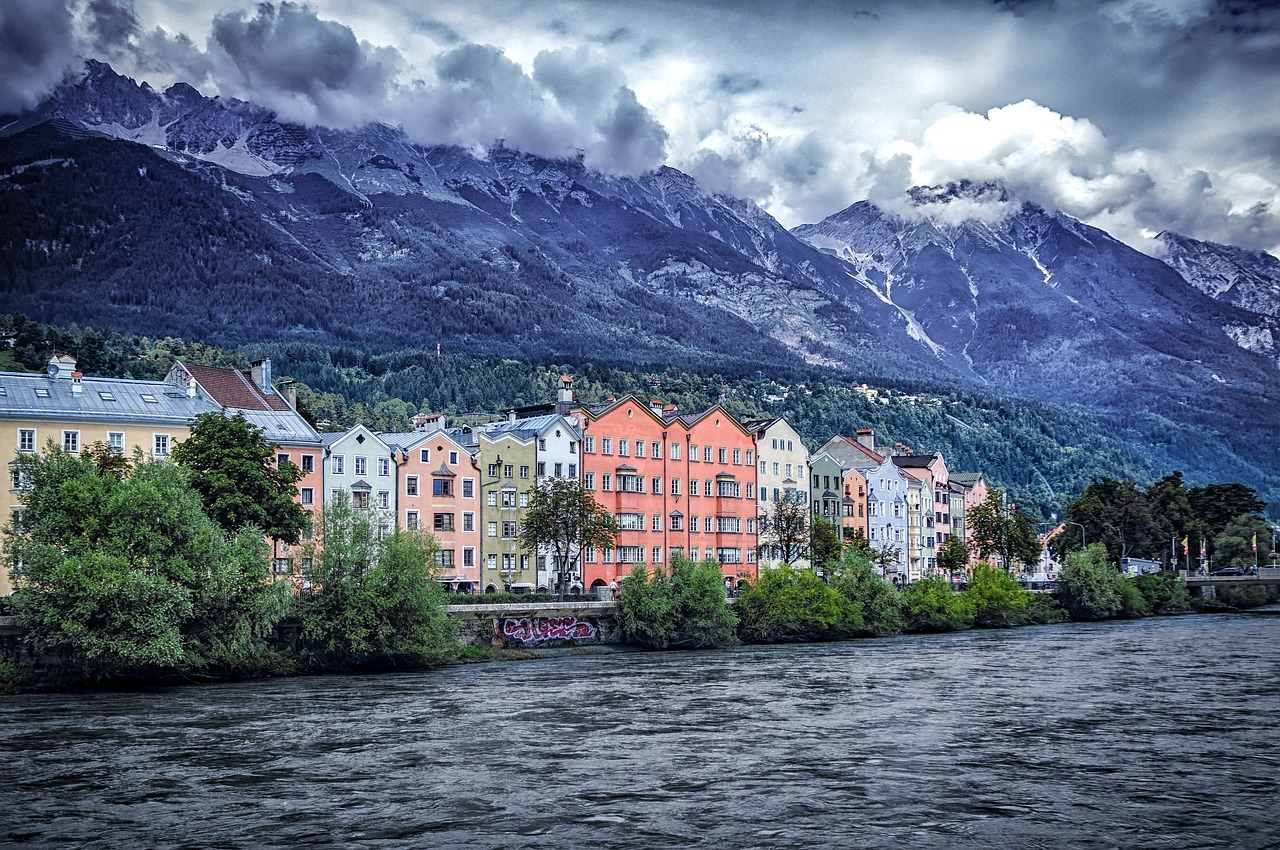
Roundtable discussion in Innsbruck was held under the patronage of the Prime Minister's Advisor, Katalin Szili.Continue reading

The Hungarian government is opening Welcome offices, a telephone helpline, and a website to convince Hungarians who have moved abroad to settle in Hungary. More than EUR 3 million is being spent on setting up and running the system, writes Magyar Nemzet.
The number of Hungarian citizens living in Austria is expected to exceed 100,000 by the end of the year. The Budapest government is also targeting them by setting up welcome offices. In Hungary, a total of 27 such offices will open in the near future – in western Hungary, in Győr, Sopron, and Szombathely near the Austrian border, for example.
These facilities will provide useful information for those interested in moving back home, and the goal is that they will be able to take care of all the issues related to the move, such as preparing and issuing identity cards.
The Hungarian government has earmarked HUF 1.1 billion (EUR 3 million) this year, and a further HUF 103 million (EUR 271,000) next year for the campaign to encourage Hungarians to move back home.
The Hungarian government last launched a repatriation incentive program in 2016, “Come home, young people!” („Gyere haza, fiatal!“) for workers in the UK. However, the current program is aimed at the entire diaspora.
There are two main groups of the diaspora. The first group includes those who are autochthonous to their homeland and live outside Hungary since the border changes of the post-World War I Treaty of Trianon of 1920. As a consequence of the treaty, 3.3 million Hungarians found themselves outside the new borders. The other main group is the emigrants who left Hungary at various times (such as the Hungarian Revolution of 1956). There has been some emigration since Hungary joined the EU, especially to countries such as Germany, but that has been less drastic than the number of those who moved to other Central European countries like Poland and Slovakia. Hungarian immigration patterns to Western Europe increased in the 1990s, and especially since 2004, after Hungary’s admission to the European Union. Thousands of Hungarians sought available work through guest-worker contracts in the United Kingdom, Ireland, Finland, Sweden, Spain, and Portugal.
Via Magyar Nemzet, Featured image via Facebook/Nemzetpolitikai Államtitkárság